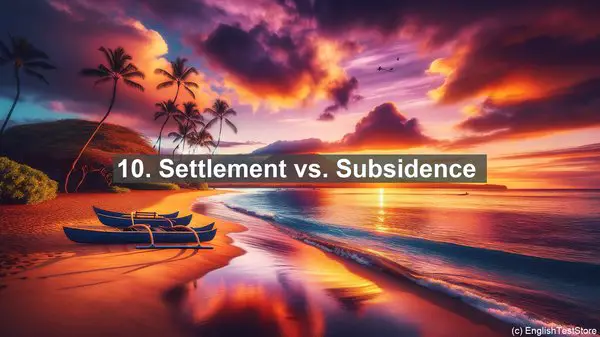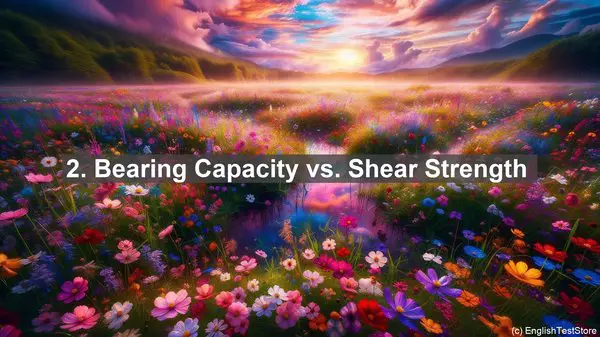Introduction
Welcome to our geotechnical engineering class. Today, we’ll be diving into a topic that often trips up students: commonly confused words. Let’s get started!
1. Soil vs. Sediment
While both terms refer to earth materials, there’s a key difference. Soil consists of organic and inorganic matter, while sediment is primarily made up of particles that settle at the bottom of a liquid. Understanding this distinction is crucial when analyzing the composition of a site.
2. Bearing Capacity vs. Shear Strength
Bearing capacity refers to the maximum load a soil can support, while shear strength measures its resistance to sliding. These concepts are vital when designing foundations, as a miscalculation can lead to structural failure.
3. Compaction vs. Consolidation
Both processes involve reducing soil volume, but they occur under different conditions. Compaction is achieved by mechanical means, like rolling or vibrating, while consolidation is a natural process that happens over time due to the weight of overlying soil or structures.

4. Slope vs. Incline
Although often used interchangeably, there’s a slight difference. A slope refers to a natural landform, like a hill, while an incline is an artificially created surface, such as a ramp or a road. This differentiation is crucial when assessing stability.
5. Permeability vs. Porosity
Permeability measures how easily fluids can flow through a material, while porosity refers to the void spaces within it. While both relate to a substance’s ability to hold or transmit water, they have distinct implications in geotechnical analysis.
6. Groundwater vs. Surface Water
Groundwater is the water present beneath the Earth’s surface, while surface water refers to bodies like rivers, lakes, or oceans. Understanding the distinction is crucial when assessing the potential impact of water on a project site.
7. Excavation vs. Trenching
Both involve digging, but the purpose and dimensions differ. Excavation is a broader term, often used for larger-scale projects, while trenching refers to a narrow and deep excavation. The choice depends on the project’s requirements.
8. Shallow Foundation vs. Deep Foundation
Foundations are crucial for any structure, and their depth is a key consideration. Shallow foundations, like footings, are used when the upper soil layers have sufficient bearing capacity. Deep foundations, such as piles, are necessary when the load needs to be transferred to deeper, more stable soil or rock layers.
9. Geosynthetics vs. Geotextiles
Both are synthetic materials used in geotechnical applications, but they have different functions. Geosynthetics is an umbrella term that includes geotextiles, as well as other materials like geomembranes and geogrids. Geotextiles, specifically, are used for filtration, drainage, or reinforcement purposes.

10. Settlement vs. Subsidence
While both refer to the downward movement of the ground, settlement is a gradual process that occurs uniformly, often due to the consolidation of soil. Subsidence, on the other hand, is a more sudden and localized phenomenon, often caused by human activities like mining or groundwater extraction.
